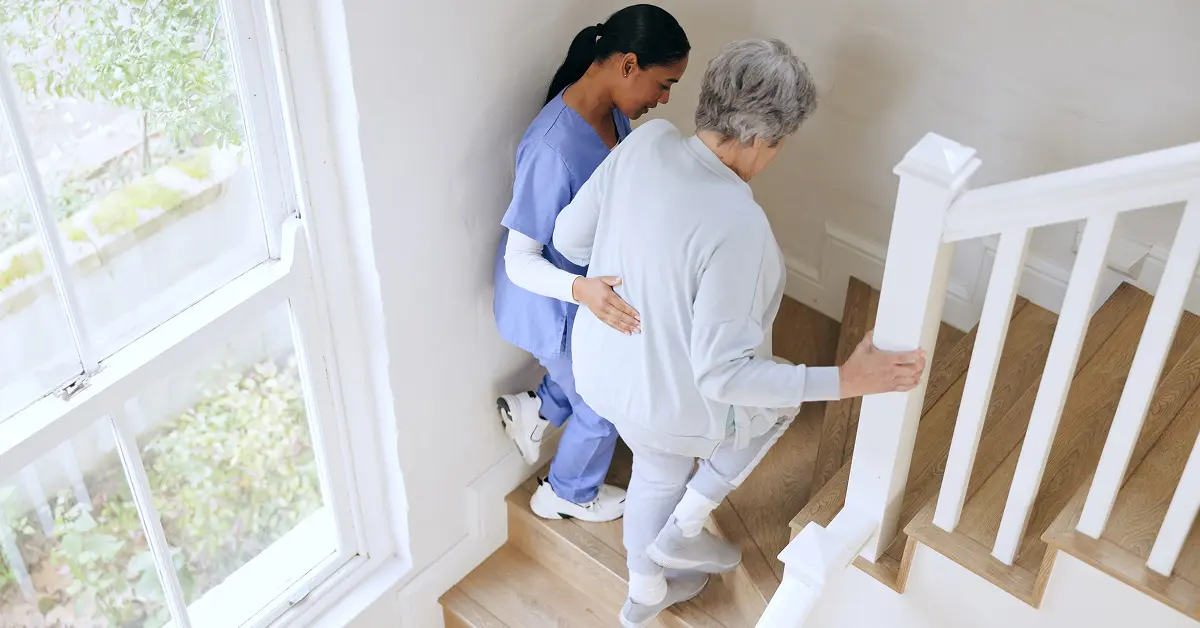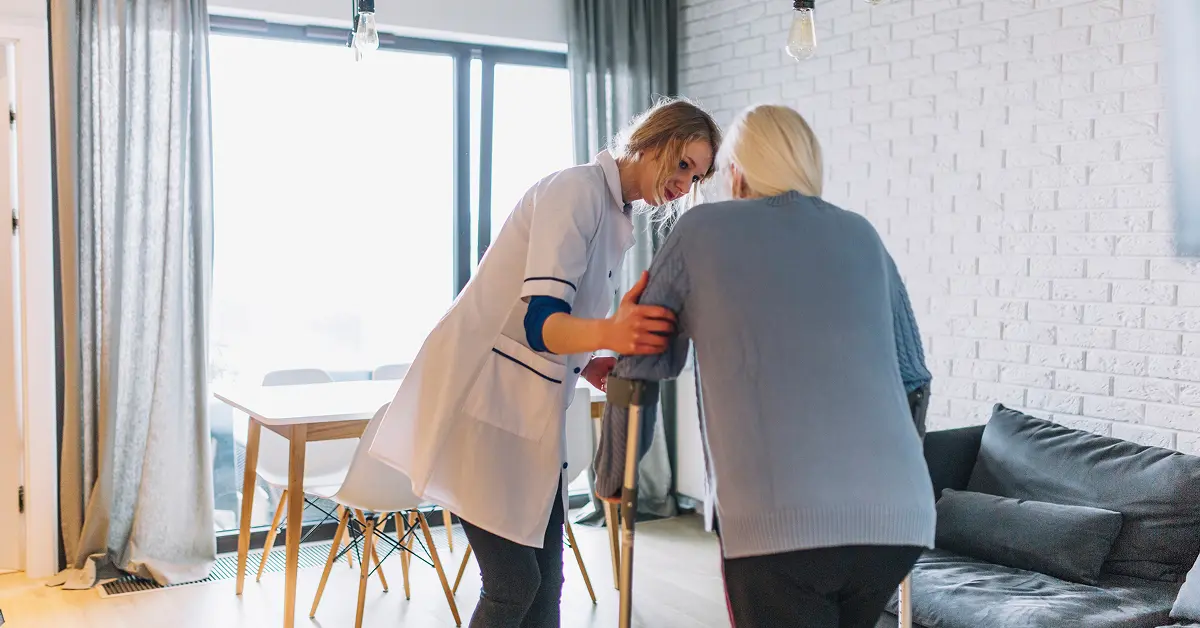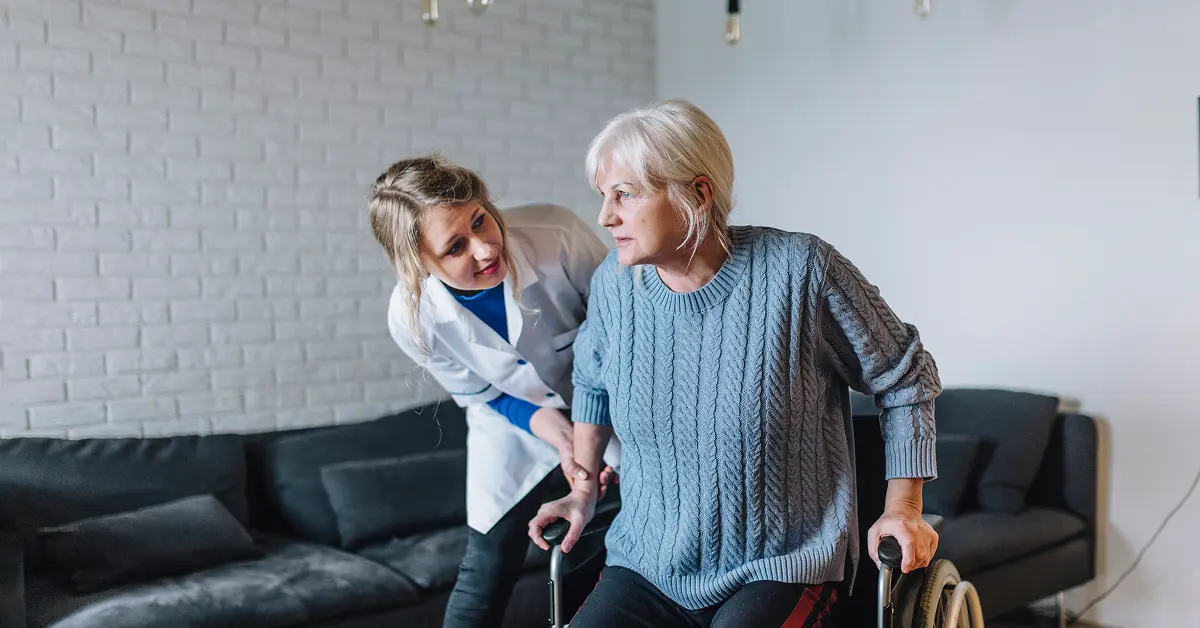Falls are one of the leading causes of injury among older adults in India. As people age, their balance, muscle strength, and vision naturally decline, increasing the risk of falling. However, most falls can be prevented through proactive planning and simple home safety changes. For families caring for ageing Parent Caregiver relatives, making these changes is a vital step toward ensuring their well-being and independence.
In this blog post, we will explore practical, affordable, and effective fall prevention tips through modifications and adjustments in the home environment. These strategies will help reduce fall risks and promote a safer lifestyle for seniors.
Why Fall Prevention Matters
According to the World Health Organization, one in three adults over the age of 65 falls every year. In India, with a growing elderly population, the number of fall-related injuries is also on the rise. These incidents not only result in physical injuries like fractures or head trauma but also lead to psychological effects such as fear of falling, which can limit mobility and quality of life.
By implementing small but impactful changes in the home, families can prevent falls and allow seniors to age in place with confidence.
Key Areas to Focus on for Home Safety
Flooring and Pathways
- Avoid Slippery Surfaces: Use anti-skid mats or change to non-slip flooring materials.
- Secure Rugs: Use double-sided tape or non-slip pads underneath rugs.
- Declutter Walkways: Keep pathways clear of furniture, cords, and clutter.
Lighting Improvements
- Increase Brightness: Ensure all rooms and staircases are well-lit.
- Use Night Lights: Install motion-sensor night lights in critical areas.
- Accessible Switches: Use rocker switches at reachable heights.
Bathroom Safety Modifications
- Install Grab Bars: Near toilets and inside showers.
- Non-slip Mats: Place anti-skid mats inside and outside the shower area.
- Shower Chairs: Provide a stable place to sit while bathing.
- Raised Toilet Seats: Reduce strain during sitting and standing.
Bedroom Safety
- Bed Height: Ensure it allows easy sitting and standing.
- Bedside Lamps: Keep lamps within easy reach.
- Avoid Slippery Bed Covers: Use cotton linens.
- Storage Access: Keep essential items close at hand.
Stair Safety
- Handrails on Both Sides: For added support.
- Anti-slip Treads: Use grip tapes or anti-slip strips.
- Mark Edges Clearly: Use bright tape on stair edges.
- No Loose Carpets: Avoid rugs on stairs.
Kitchen Adjustments
- Keep Items at Waist Level: Avoid bending or stretching.
- Avoid Using Stools: Get assistance to reach high shelves.
- Spill Management: Clean spills quickly and use absorbent mats.
Footwear and Clothing
- Proper Footwear: Use non-slip shoes, even indoors.
- Avoid Loose Clothing: Prevent tripping by wearing fitted garments.
Assistive Devices and Technology
- Walking Aids: Use canes or walkers as prescribed.
- Fall Detection Devices: Wearable alert systems can save lives.
- Home Monitoring Systems: Use cameras or sensors for safety alerts.
Encourage Physical Activity
- Yoga and Tai Chi: Improve balance and flexibility.
- Walking: Maintain daily movement.
- Physiotherapy: Custom exercises for strength and mobility.
Regular Health Check-ups
- Vision and Hearing: Ensure proper functioning to avoid missteps.
- Medication Review: Watch for dizziness-causing drugs.
- Chronic Conditions: Manage diseases like diabetes or arthritis.
Involving Caregivers and Family Members
Caregivers and family play a crucial role in fall prevention:
- Daily Supervision: Monitor movement and safety practices.
- Routine Checks: Inspect for loose tiles, torn carpets, and broken items.
- Open Communication: Encourage reporting of slips or dizziness.
Conclusion
Fall prevention is not about restricting movement—it's about empowering the elderly to live safely and independently. By making practical changes in the home environment, families can create a safe haven for their loved ones. The cost of these improvements is minimal compared to the physical and emotional toll of a fall-related injury.
Let’s take the steps today to secure our homes and protect the health and dignity of our seniors.
If you found this guide useful, share it with your family and friends. A safer home benefits everyone—especially our elders.
Contents
Our 24*7 services
Latest Posts
- What Is Respite Care and Why Is It Important
- Affordable home care for senior citizens in India
- Caring for Seniors with Dementia or Alzheimer's at Home
- Senior Caregiving A Guide for Every Family
- How to Write a Caregiver Resume That Gets You Hired
- How Care After Hospital Discharge Speeds Up Recovery at Home
- How to Get Home Health Care for Seniors Through Medicare
- What Does a Senior Citizen Caregiver Really Do at Home
- How to Care for Elderly Parents with Alzheimer’s or Dementia
- How to Get 24-Hour Care for Seniors at Home



